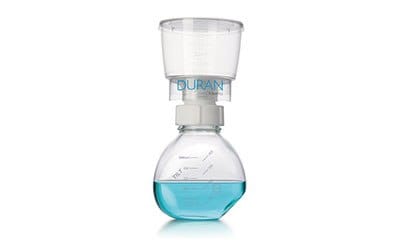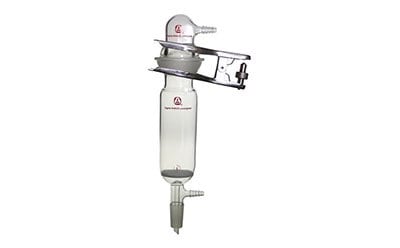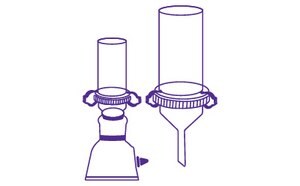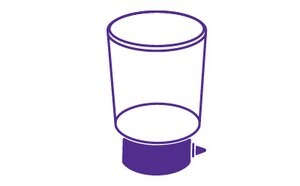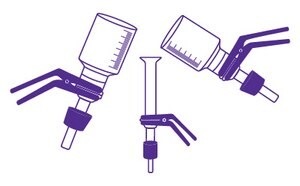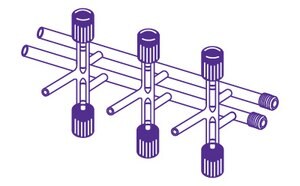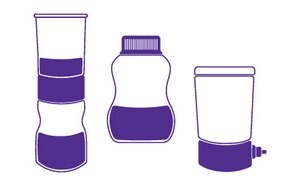Vacuum Filters
We provide bottle-top vacuum filtration and pressure filtration units for routine filtration of buffers, solvents and culture media, syringeless filters for HPLC and UHPLC sample preparation, pressure filter funnels for solute and compound drying, and analytical filter funnels for microbiological testing. Vacuum manifolds and in-line filter devices to help confine and isolate contaminants in vacuum systems are also available for convenience.
POPULAR CATEGORIES
Products
BOTTLE-TOP VACUUM FILTRATION UNITS
Bottle-top vacuum filtration units and filtration assemblies are designed for large volume filtration or sterile filtration of buffers, culture media, and other aqueous solutions. Products should be selected based on membrane material, membrane pore size, funnel volume capacity, and receiver bottle neck diameter. Both sterile and non-sterile filtration units are available for selection and include Millicup ® filters, Corning ®, BRAND ®, DWK DURAN ®, Nalgene ® FastCap™, ZapCap ®, and TPP ® Filtermax brands.
Membrane Material
- Polyethersulfone (PES) membranes are recommended for filtering culture media, as they exhibit fast flow rates and low protein binding.
- Cellulose acetate (CA) membranes are ideal for filtering biological samples and culture media containing sera, as they exhibit very low protein and macromolecule binding.
- Cellulose nitrate (CN) membranes are recommended for general buffer filtration and feature low extractables but high protein binding.
- PTFE membranes feature high chemical compatibility and low protein and small molecule binding, and are useful in filtering aggressive chemicals.
- Nylon membranes are hydrophilic with broad chemical compatibility and are recommended for applications requiring very low extractables. They can exhibit high protein and small molecule binding and are not recommended for biological samples, but can be used for filtering protein-free media.
- Hydrophilic PVDF membranes are very low protein binding and are recommended for filtering protein solutions.
- Glass fiber filters are produced from borosilicate glass fibers and are typically used for pre-filtration.
Membrane Pore Size
- 0.45 µm membranes are used for clarification and particulate removal
- 0.20 µm and 0.22 µm membranes can be used for filter sterilization and ultracleaning of aqueous solutions and organic solvents for HPLC
- 0.1 µm membranes are sufficient for mycoplasma removal
WHATMAN ® MINI-UNIPREP ® SYRINGELESS FILTERS FOR SAMPLE PREPARATION
Syringeless filters are preassembled filtration devices that feature a plunger and filter and can be used to prepare samples for HPLC, UHPLC, and other analytical methods. These devices are available in a variety of materials. Polypropylene devices are convenient and easily disposed. Borosilicate devices eliminate the introduction of plastic leachables and are more broadly compatible with a variety of solvents. Many are compatible with autosamplers for faster workflows and convenience.
NALGENE ® ANALYTICAL FILTER FUNNELS
Analytical filter funnels are used to perform microbiological testing and analysis of water, raw materials, food and beverage products, and other finished products. These filter funnels enable easy retrieval of the filter membrane for analytical analysis. Devices should be selected based on sterility, filter membrane material, filter accessibility, throughput, and analytical technique.
PRESSURE FILTER FUNNELS
Pressure filter funnels from Aldrich ® and ACE Glass can be used for drying air-sensitive compounds with inert gas and are used to rapidly dry hygroscopic, air-, and moisture-sensitive samples for analysis. Pressure filter funnels should be selected based on material tensile strength, chemical resistance, environmental sensitivity, and filter accessibility.
To continue reading please sign in or create an account.
Don't Have An Account?

